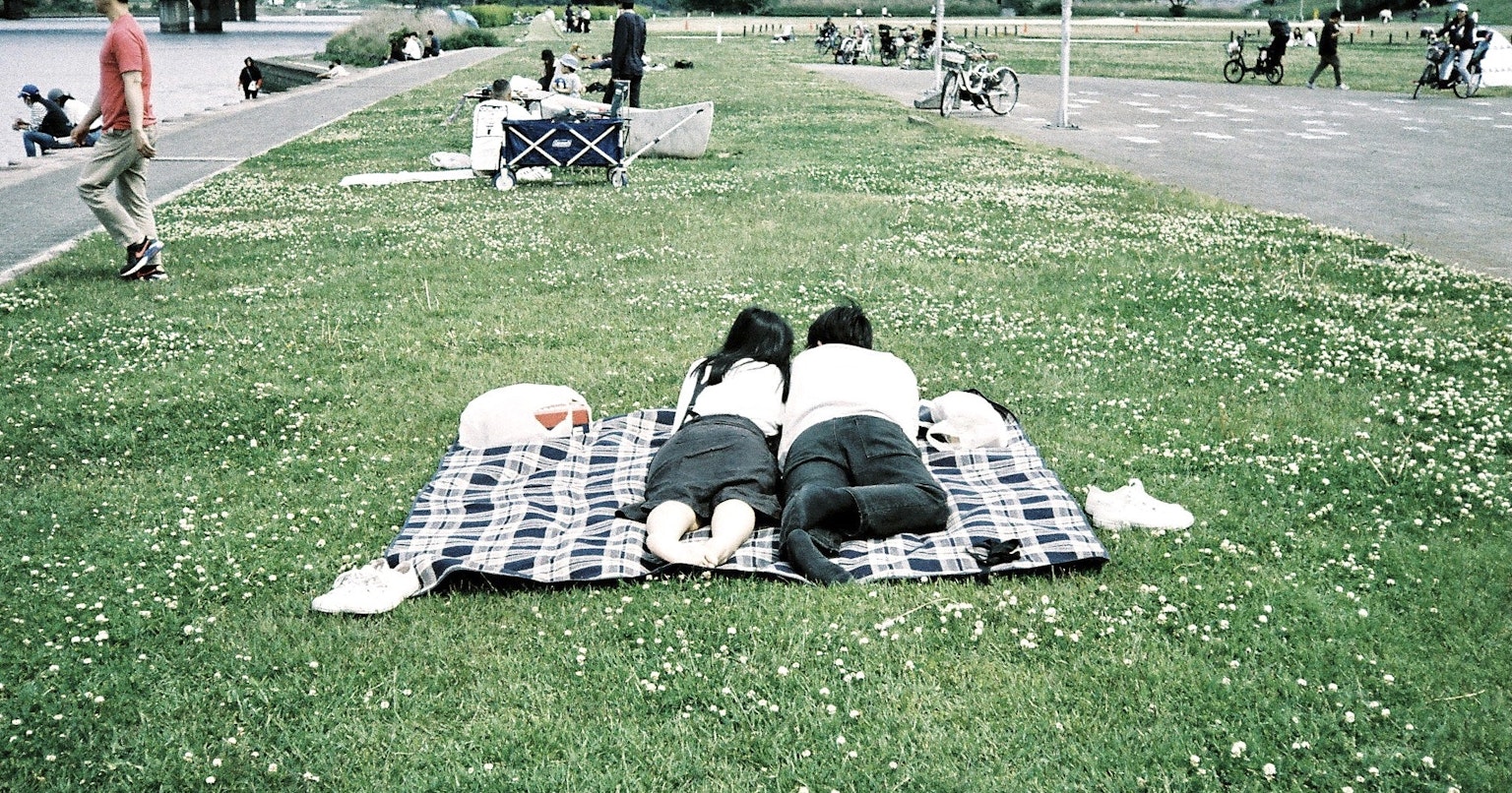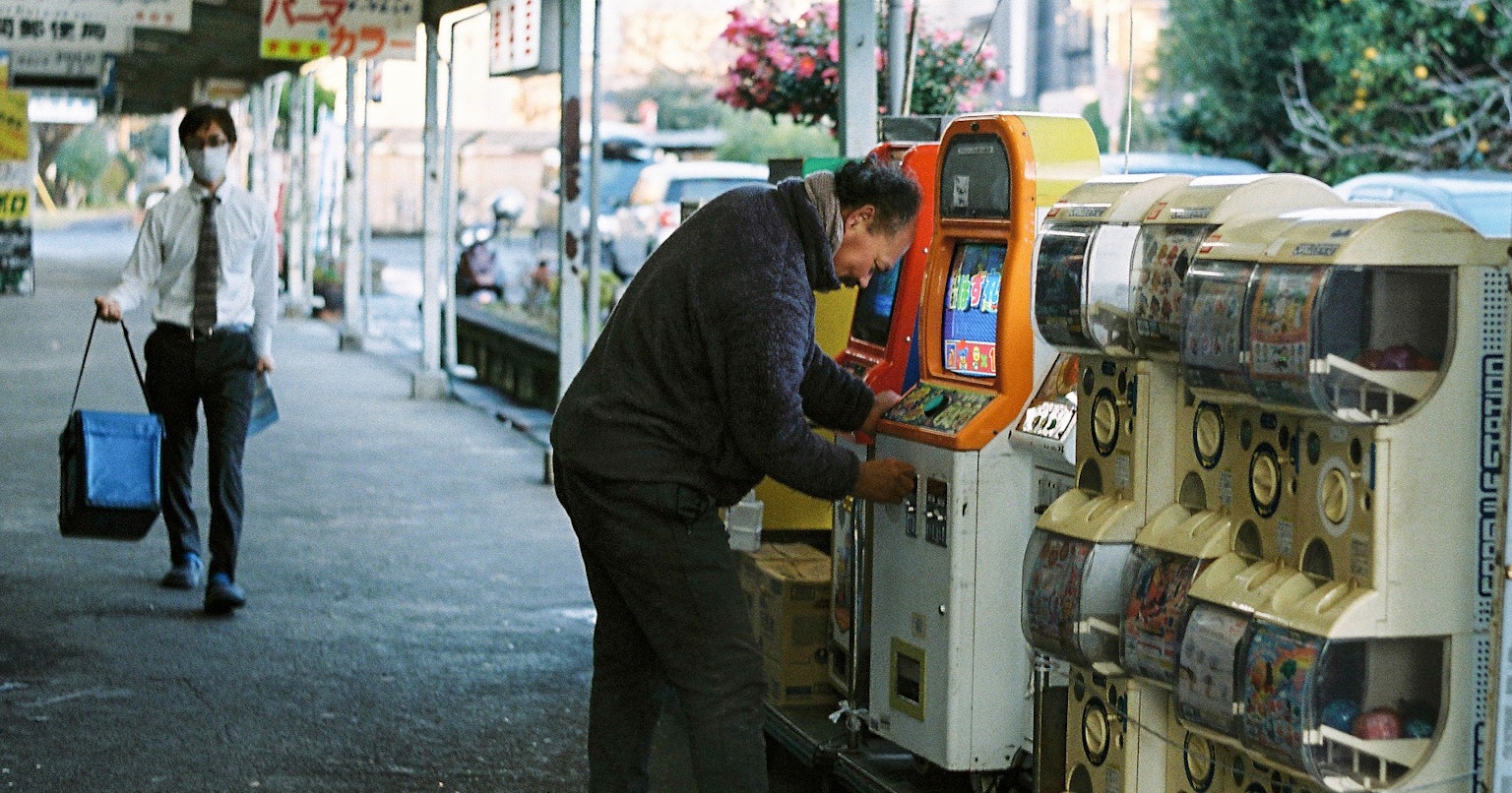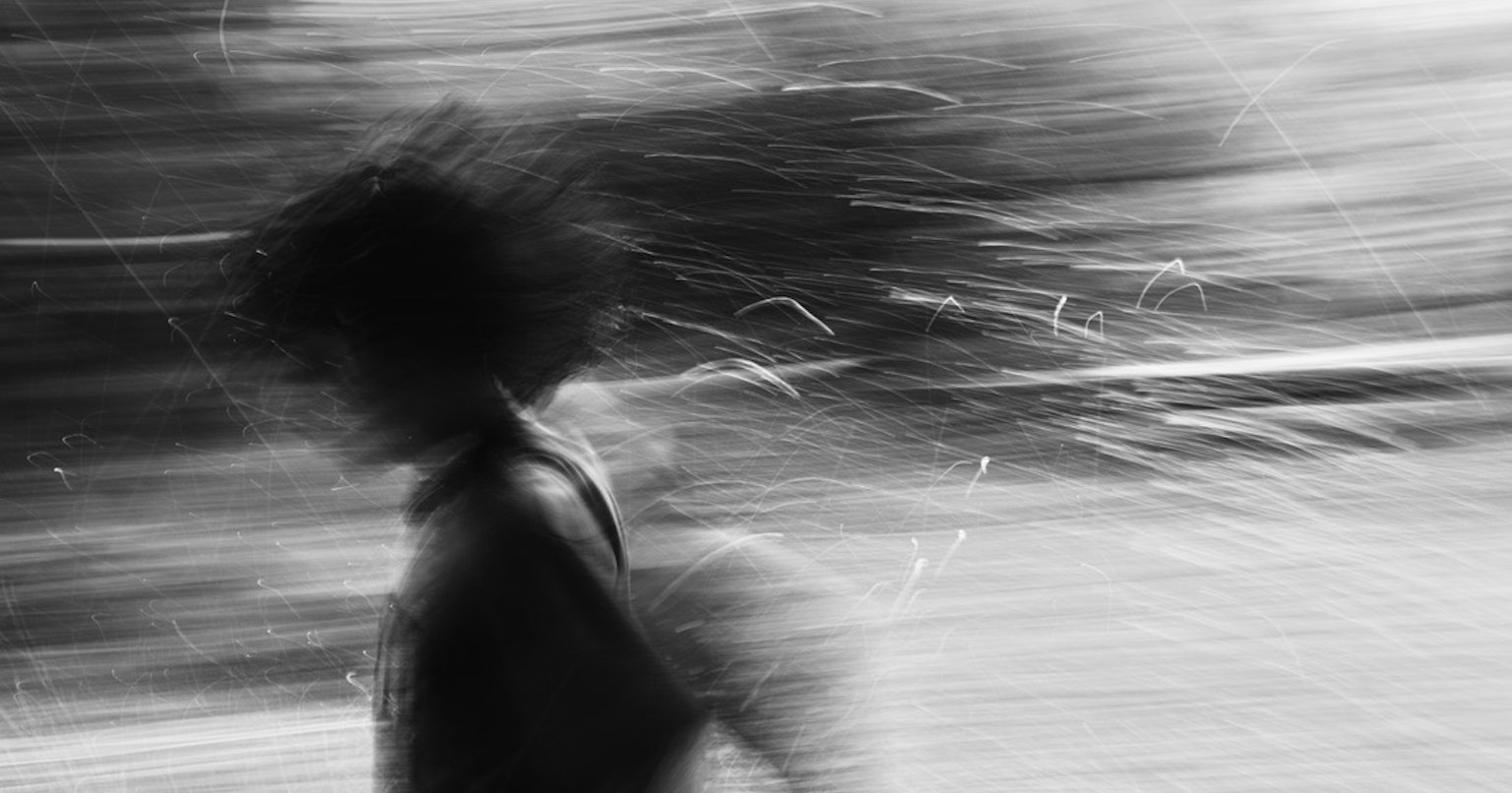
The concept of retro captures cultural images that transcend time. Its ambiguity is what shapes the charm of retro itself.
Retro photography, with its faded allure, invites us into a world of the past. Photos capturing the Showa and Heisei eras not only attest to the good old days but also offer nostalgia and freshness to younger generations. They beautify the past, reinterpret forgotten aesthetics, and create new cultures.
In this edition of Knowledge, we delve into why retro photos are beloved by people.
Showa Photos, Heisei Landscapes
The concept known as Showa Retro reflects a time of rapid modernization and cultural transformation. Retro signs and old-fashioned cafes captured in monochrome or sepia photos are precious evidence of Showa's charm.
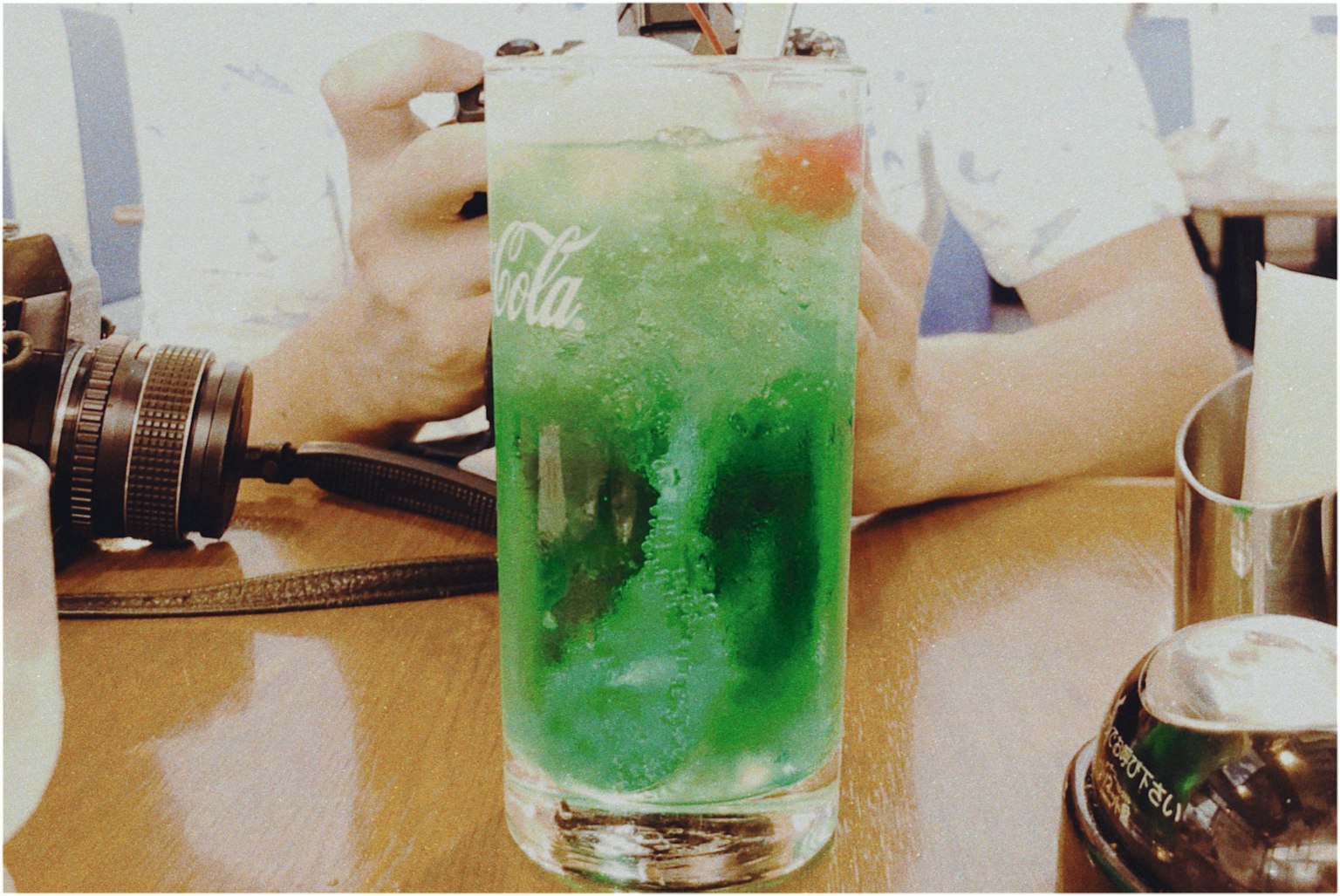
Image by miho
Meanwhile, Heisei Retro captures the wave of the digital revolution and the cultural trend of refocusing on things and events. Vivid color photos and early digital images narrate the novelty and transformation of the Heisei era. Changes in city skylines, the development of youth culture, and the fusion of technology and fashion reflect the characteristics of that time.
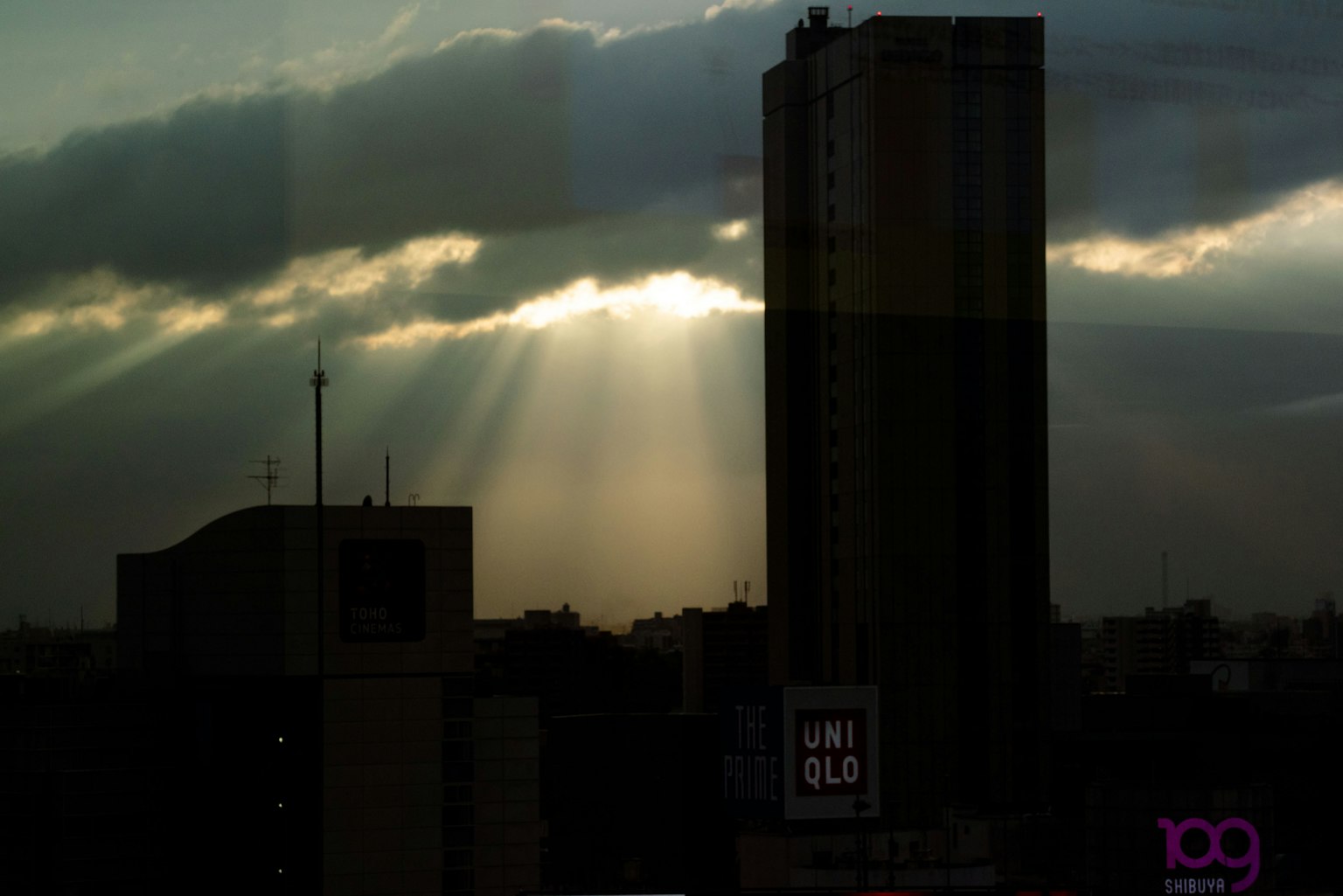
Image by Shimakou
The Meaning of Distinguishing Two Era Images
The Showa and Heisei eras, each with their unique cultural traits, coexist within a continuous historical flow. The analog culture of the Showa era and the internet culture of the Heisei era have influenced beyond their times. For instance, film cameras were predominant in the Showa era, while digital technology rapidly evolved in the Heisei era. Both eras contributed to photographic culture, and even today, both film and digital cameras are used. Therefore, the boundary between these eras is blurred, and clearly separating Showa and Heisei cultures may be challenging when considering the flow of time and cultural continuity.

Image by morissy
Thus, distinguishing the two eras is merely a convenient approach to understanding retro culture. Cultural elements flow across eras, making their meaning relative, with no strict demarcation.
Images of Showa and Heisei
The image of Showa includes cafes, shopping streets, and Japanese houses captured in noisy photos. Elements representing antiques are included in Showa Retro. On the other hand, the image of Heisei cannot be narrowed down to a single subject; it might be described by the feelings of 'emo' or 'chill'. Despite the transition from analog to digital and the emergence of newness, the atmosphere of enjoying leisurely time is conveyed. More than the subject, this air is closer to the image of Heisei Retro.
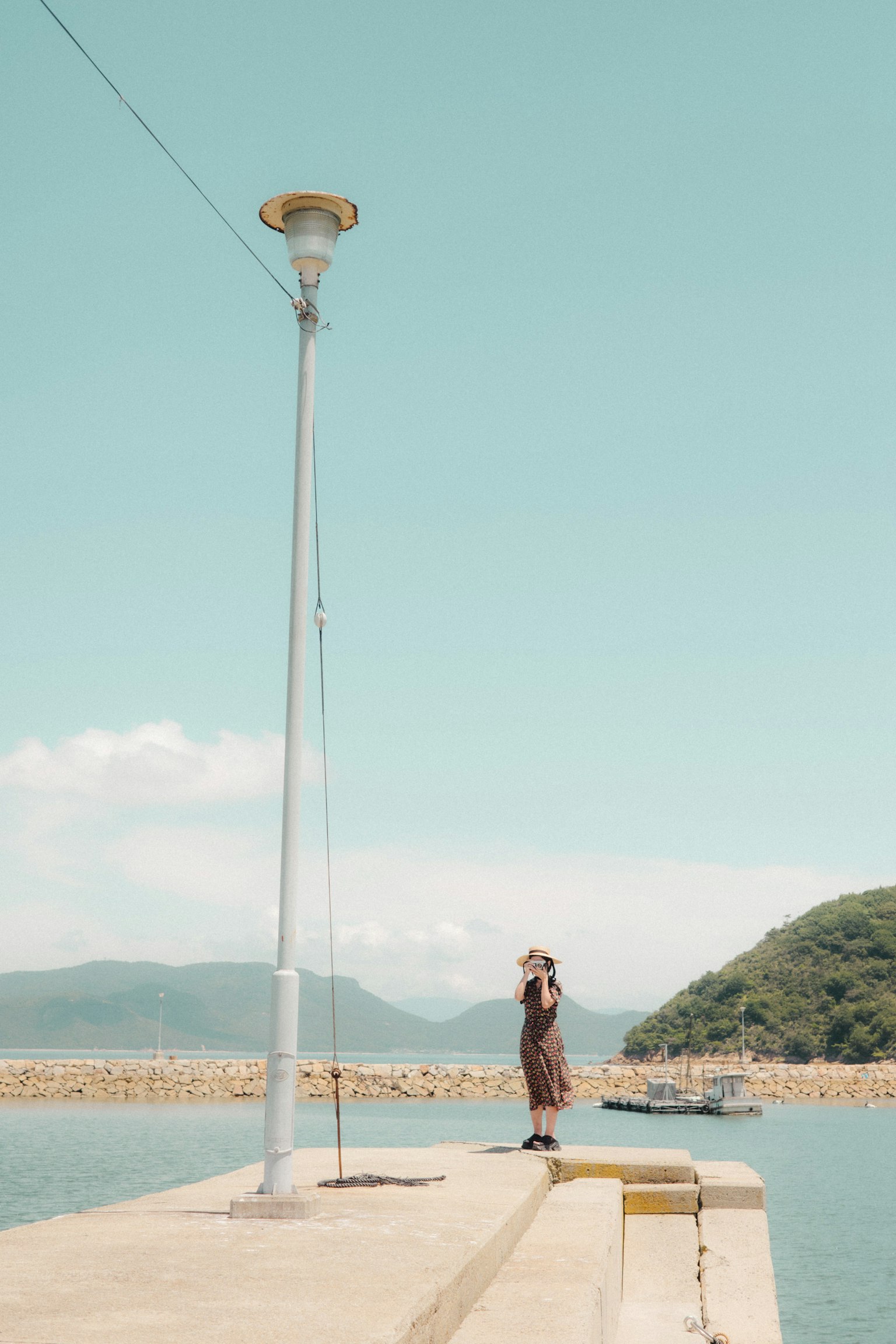
Image by みわ
What is an Image that Accurately Conveys the Era?
Showa Retro and Heisei Retro only represent specific aspects of an era and do not represent the entire era. Images only partially convey the era and serve as tools to evoke cultural common understanding and emotions. Ultimately, the retro boom reconstructs past images and does not necessarily need to be historically accurate.
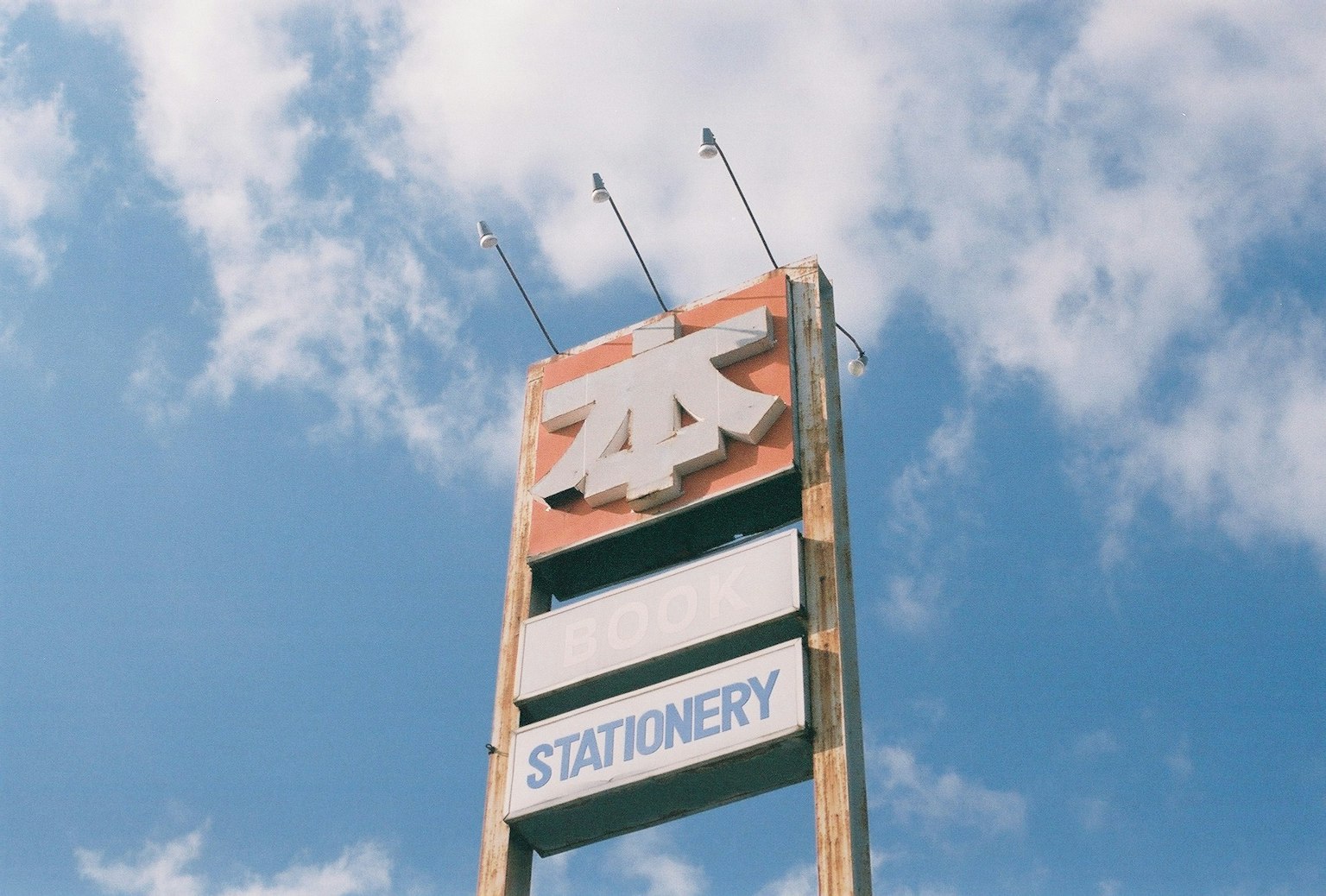
Image by Oliver Bin
Enjoying the Ambiguity of the Word Retro
In conclusion, retro is a collection of cultural images reflecting changes of each era, and its vagueness creates the unique charm of retro. The images of Showa and Heisei stimulate our imagination of the past while offering new perspectives on the present. Retro serves as a bridge connecting history and the present, allowing us to reflect on the past, add interpretations to the present, and breathe new life into future cultures.

Image by the Oji brown
cover image by Hideki
